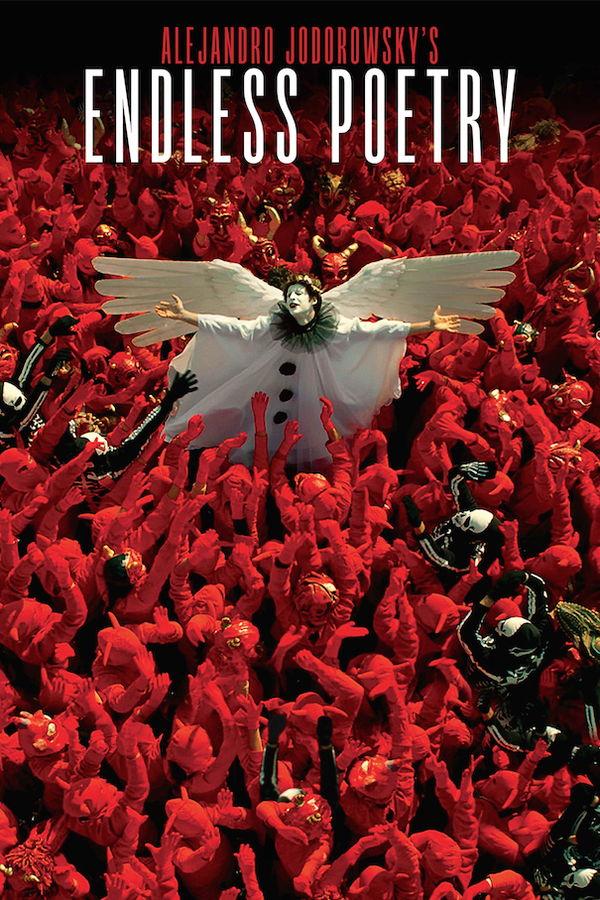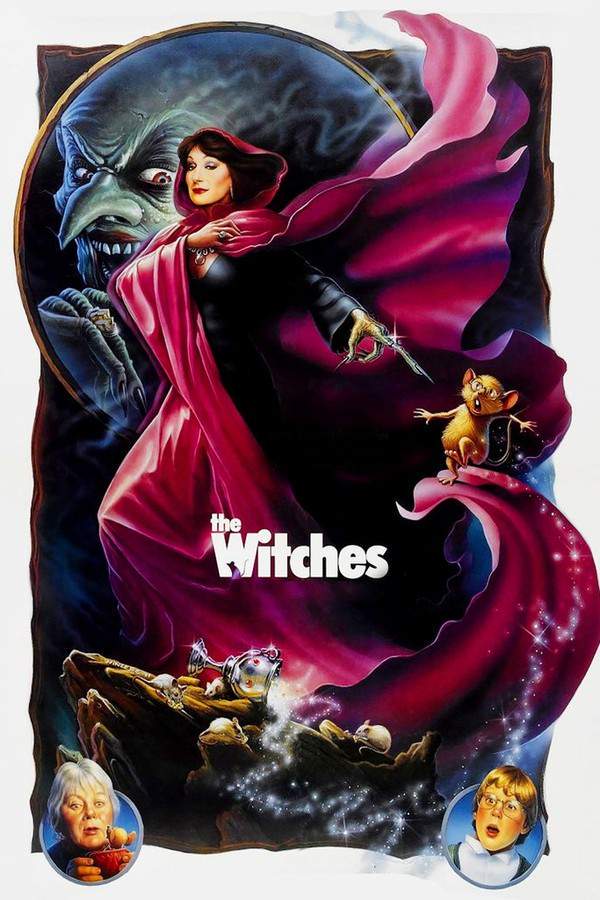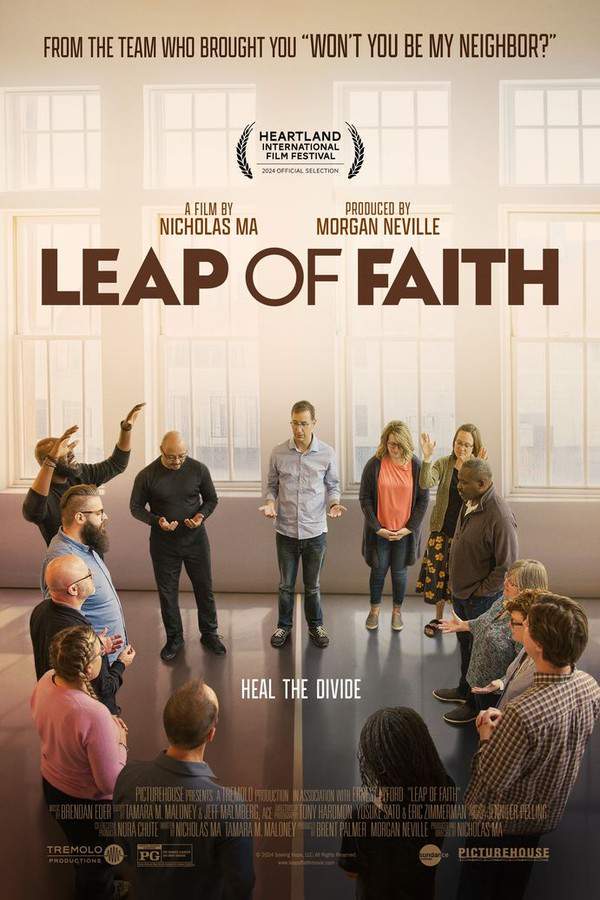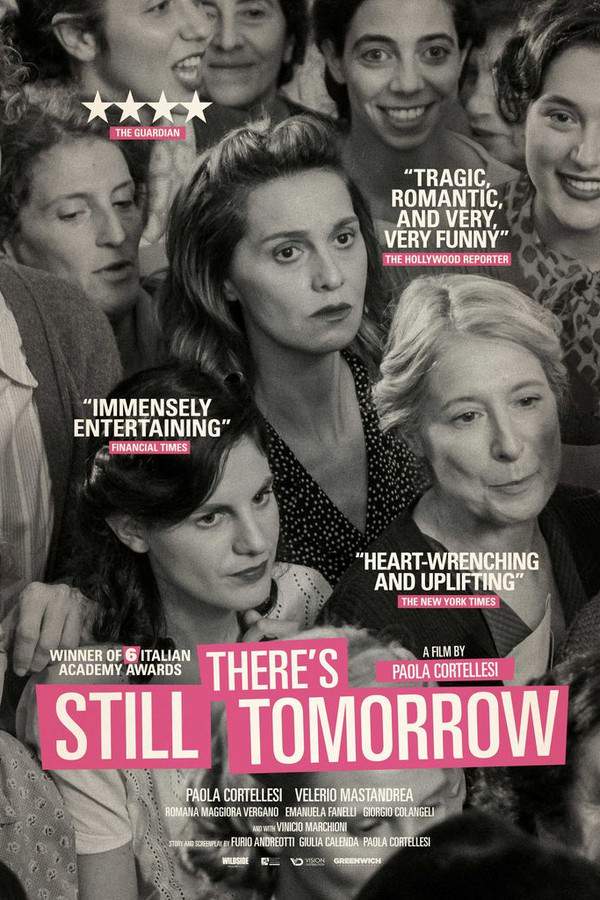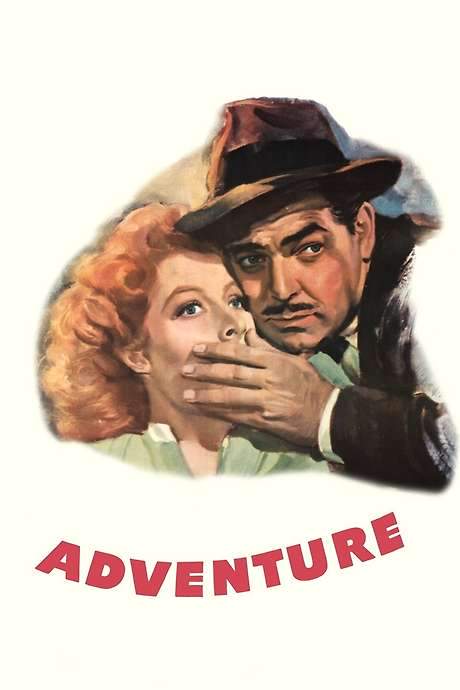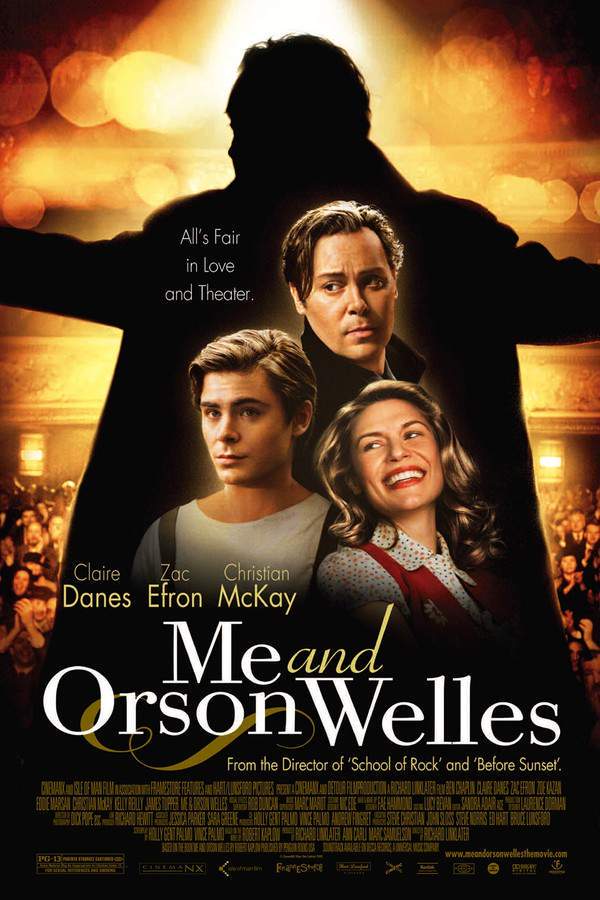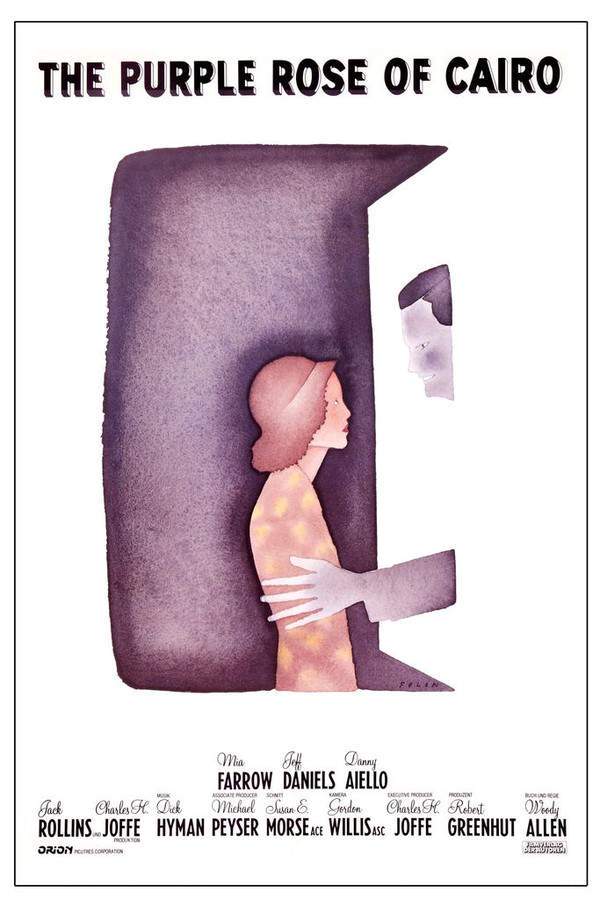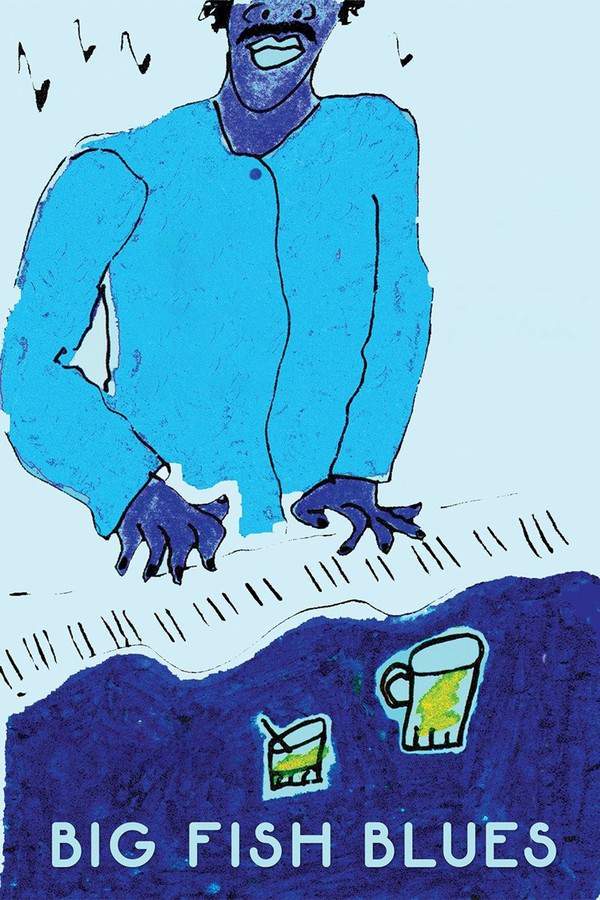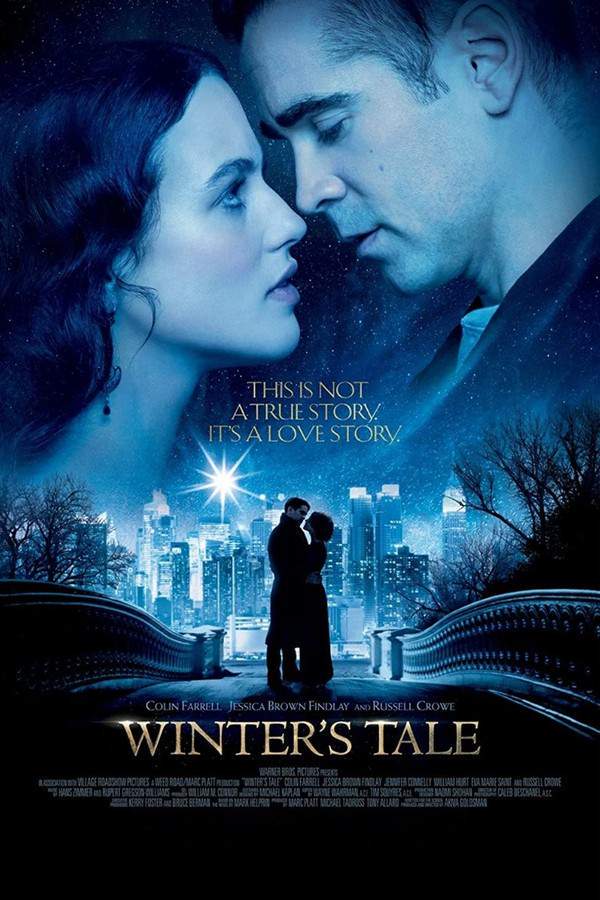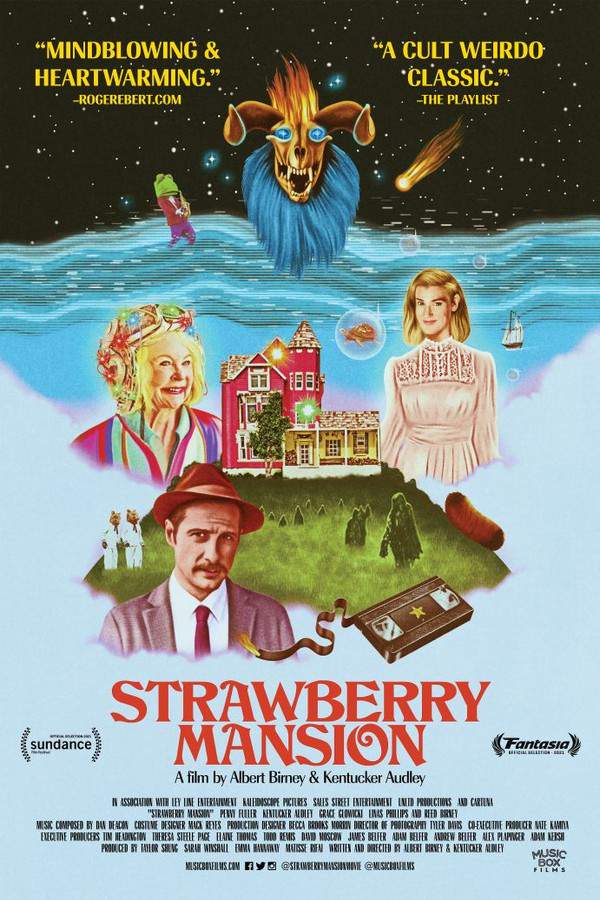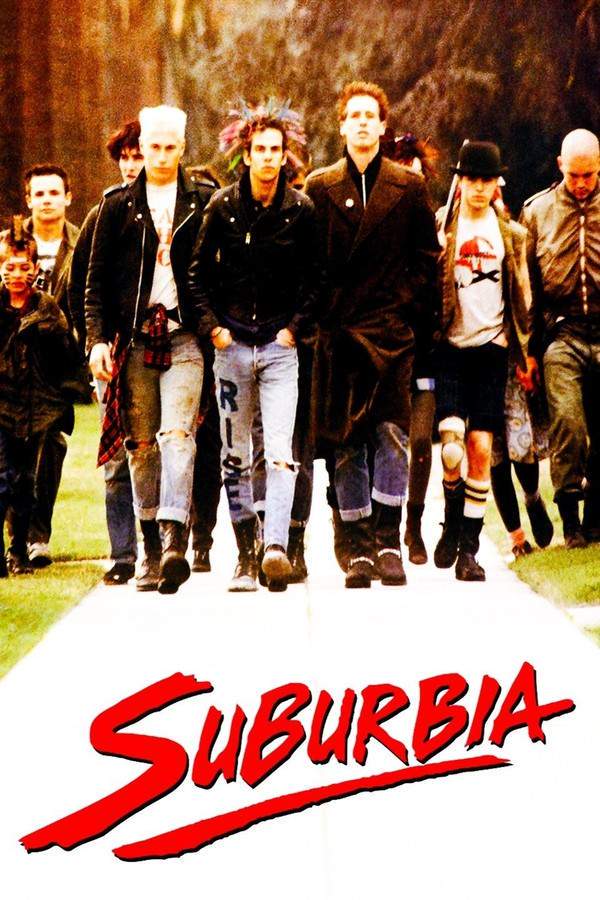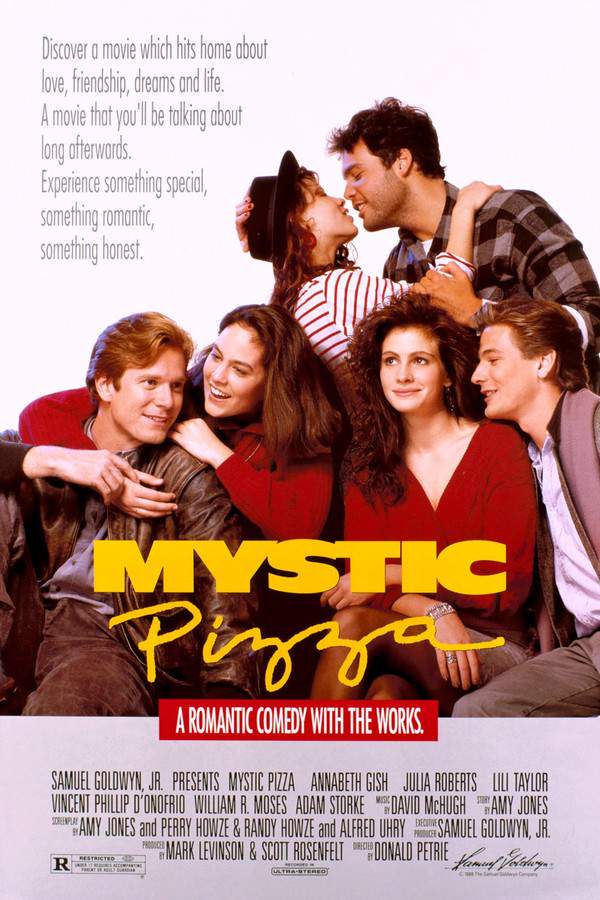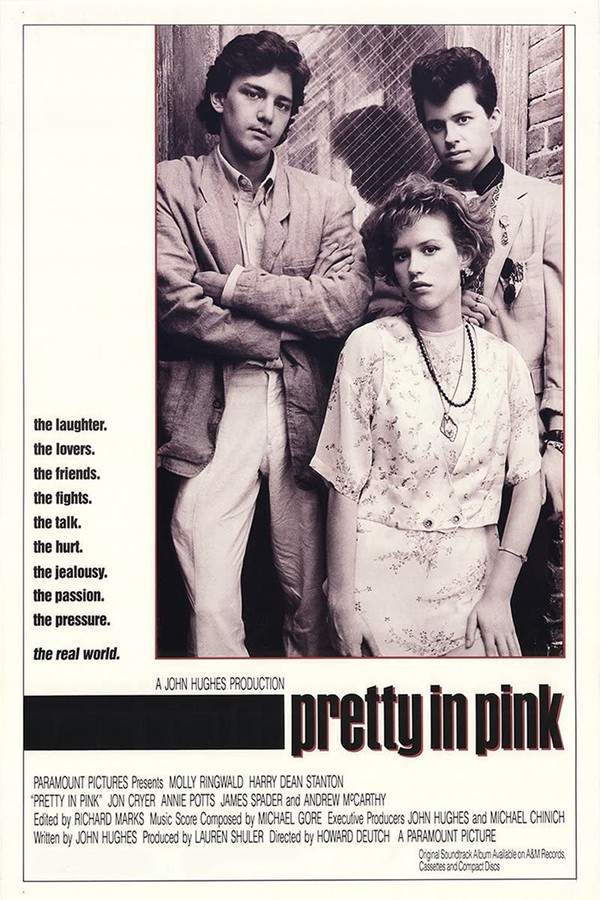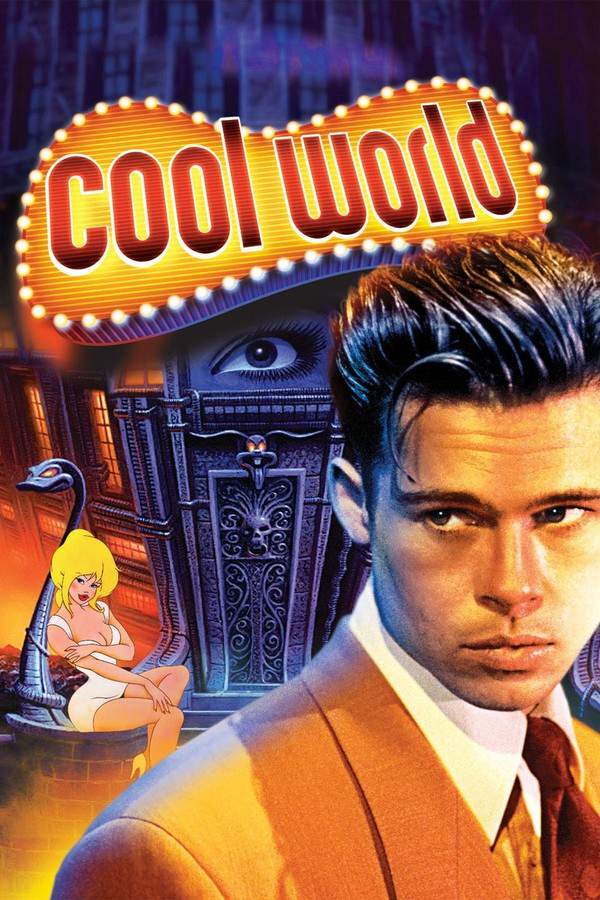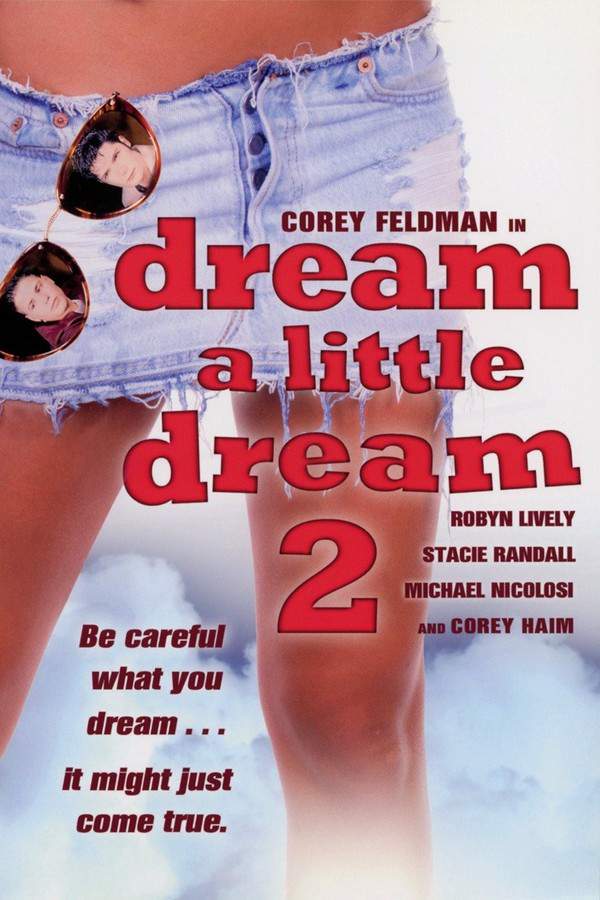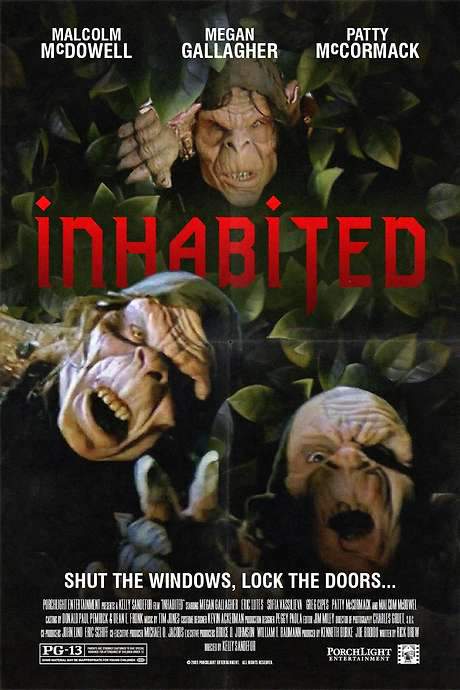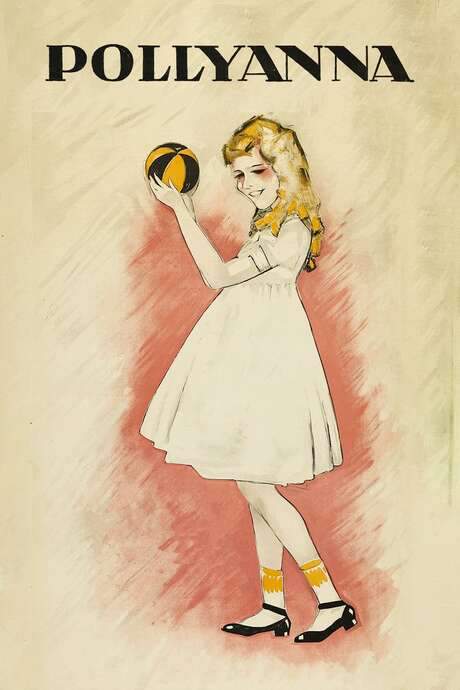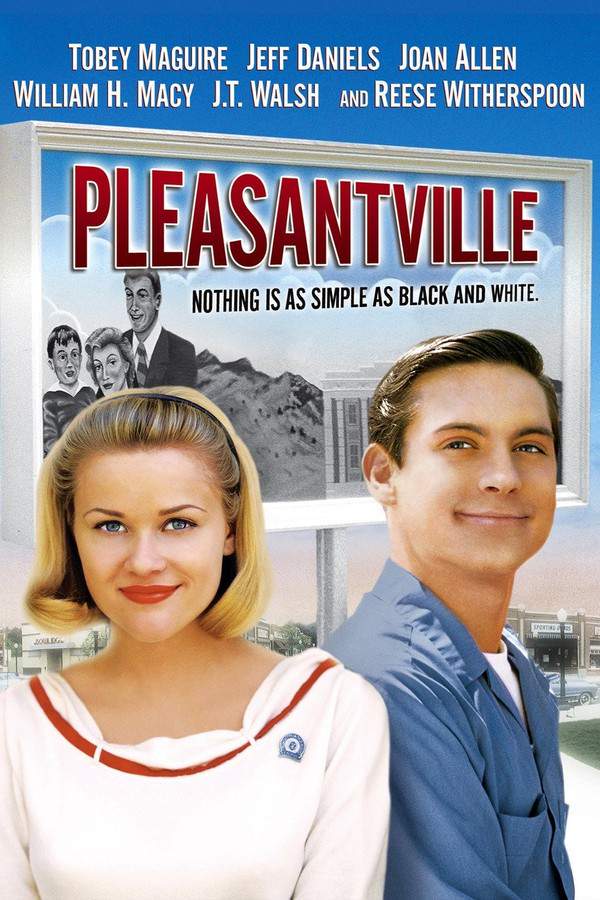
Pleasantville
Year: 1998
Runtime: 124 min
Language: English
Director: Gary Ross
Budget: $60M
When two 1990s siblings are magically transported into a 1950s sitcom, their arrival disrupts the idyllic, black-and-white world of Pleasantville. As the townspeople begin to experience color and emotion for the first time, they challenge the community’s rigid norms and confront uncomfortable truths. The once-perfect town spirals into unexpected chaos, forcing its residents to examine the meaning of happiness, conformity, and the complexities of human experience.
Warning: spoilers below!
Haven’t seen Pleasantville yet? This summary contains major spoilers. Bookmark the page, watch the movie, and come back for the full breakdown. If you're ready, scroll on and relive the story!
Pleasantville (1998) – Full Plot Summary & Ending Explained
Read the complete plot breakdown of Pleasantville (1998), including all key story events, major twists, and the ending explained in detail. Discover what really happened—and what it all means.
As the year transitions from 1998 to a nostalgic past, identical twins David and Jennifer find themselves exploring a world that is both enchanting and bizarre while their mother is away. Their typical peaceful environment takes a turn when a dispute over the television results in a broken remote. When a TV repairman arrives, intrigued by David’s love for Pleasantville, an old black-and-white sitcom featuring the idyllic Parker family, he gifts the boy an unusual remote control after being impressed by his enthusiasm. Curious about its capabilities, the twins start experimenting with it, only to be unexpectedly whisked away into the world of Pleasantville, where they are mistaken for the Parkers’ children, Bud and Mary Sue.
Confused by the idyllic yet surreal situation, David attempts to engage with the repairman through the television, only to find that his pleas for help are met with indifference. The repairman believes they should appreciate the simple pleasures embodied by Pleasantville, a town where the impossible concept of fire doesn’t exist, and firefighters primarily rescue cats from trees, leaving the townspeople blissfully ignorant of the world beyond their borders.
As David urges Jennifer to conform to their new environment, she rebels, choosing to pursue a scandalous romance with Skip Martin, the school’s most popular student. This bold choice triggers a colorful transformation, as vibrant hues begin to seep into the town. Bill Johnson, the owner of the local malt shop where Bud works, faces a personal crisis as he confronts the dull routine of his life.
David takes it upon himself to guide Bill toward breaking free from his monotony, all while sensing an attraction between him and Betty, his mother in the show. Meanwhile, Jennifer introduces exciting new experiences to her peers, like rain, which begins to redefine life in Pleasantville. With this shift towards open-mindedness, previously blank books in the library begin to fill with words as David and Jennifer narrate the plot of their favorite show.
Jennifer’s influence also reaches Betty, who eagerly absorbs Jennifer’s explanation about sex, setting her on a path to discovery and personal awakening. This newfound knowledge leads to dramatic changes, including Betty’s transformation into color and the sudden ignition of a tree outside, symbolizing the town’s encroaching evolution. As rain and new perspectives become commonplace, David shows Bill some modern art, compelling him to embrace painting and pursue a romance with the newly colorful Betty.
As Jennifer grows disenchanted with the shallowness of sexual escapades and parties, she finds refuge in books, which also contributes to her transformation. Strangely, David feels trapped in a grayscale existence, despite his romantic endeavors. The climax builds when Betty decides to leave George for Bill, shaking Pleasantville’s conservative roots and causing Big Bob, the mayor, and other townspeople to question their cherished way of life.
Tensions ultimately erupt when Bill’s provocative artwork featuring Betty is displayed at his shop, inciting riots and chaos as “colored” citizens face harassment. Amidst this turmoil, David bravely stands up for Betty against a gang of unruly teens, marking his own vibrant transformation. In reaction to the perceived threat, town officials impose harsh restrictions, barring “colored” citizens from participating in communal activities, and even shutting down Lover’s Lane while outlawing literature and rock music.
In defiance, David and Bill paint a colorful mural on their soda fountain, symbolizing love and artistic freedom. Unfortunately, their bold stand results in their arrest and a trial that draws the entire town’s attention. During the trial, David confronts George about his lingering feelings for Betty, pushing him to recognize the depth of his emotions, leading George to undergo his own transformation.
As the townspeople embrace their changes, Big Bob remains resistant until he retreats in shame, facing the overpowering wave of evolution. In the end, the streets of Pleasantville, once confined, now lead to endless possibilities, and its residents celebrate their newfound freedom with color TVs broadcasting diverse programs from the outside world.
Jennifer decides to stay in the colorful realm of the TV world, bidding goodbye to her friends Margaret and Betty, while David returns to reality, where only a brief hour has passed. He comforts his mother, who had been anxious about a date. David’s gentle reminder that life doesn’t need to be perfect resonates deeply, highlighting the significance of their adventures. In Pleasantville, however, the townsfolk embrace their vibrant reality, while Jennifer embarks on her next adventure in college, fully immersed in the beauty of her colorful surroundings.
Last Updated: November 22, 2024 at 13:49
Explore Movie Threads
Discover curated groups of movies connected by mood, themes, and story style. Browse collections built around emotion, atmosphere, and narrative focus to easily find films that match what you feel like watching right now.
Movies about societal awakenings like Pleasantville
Stories where a stagnant, ordered society is shaken by new ideas and emotions.If you enjoyed how Pleasantville used a 1950s sitcom world to explore themes of rebellion and awakening, you'll appreciate these movies. This list gathers films where characters disrupt a perfect, orderly society through art, emotion, or rebellion, leading to profound change for everyone involved, similar to the journey in Pleasantville.
Narrative Summary
The narrative pattern typically involves an outsider or a catalyst entering a static, often idealized world. Their presence introduces conflict and new perspectives, which spread slowly but surely, forcing the inhabitants to question their reality. The central conflict is between the comfort of conformity and the painful, beautiful chaos of individuality and true feeling.
Why These Movies?
Movies in this thread are grouped by their shared focus on a collective transformation. They blend allegory with character-driven drama, using their unique settings to comment on universal themes like repression, freedom, and the birth of consciousness. The tone is often hopeful, celebrating liberation even as it acknowledges the losses that come with change.
Metafictional stories with a bittersweet feel like Pleasantville
Characters enter fictional worlds, changing them and themselves in the process.For viewers who loved the clever premise of Pleasantville, where teens enter a black-and-white sitcom, this list highlights similar metafictional journeys. These movies blend comedy and drama as characters interact with and transform a fictional world, often leaving with a bittersweet understanding of both realities, much like the characters in Pleasantville.
Narrative Summary
The narrative follows a 'fish-out-of-water' structure where protagonists act as catalysts in a contained, symbolic world. Their journey is as much about understanding and improving this new world as it is about their own personal growth. The endings are often nuanced, acknowledging that true change is messy and that returning to reality means carrying the weight of the experience.
Why These Movies?
These films are united by their innovative premise and their emotional tone. They use their high-concept settings not just for comedy, but to deliver thoughtful commentary on art, life, and human nature. The experience balances whimsy with genuine emotional weight, resulting in a story that is both clever and heartfelt.
Unlock the Full Story of Pleasantville
Don't stop at just watching — explore Pleasantville in full detail. From the complete plot summary and scene-by-scene timeline to character breakdowns, thematic analysis, and a deep dive into the ending — every page helps you truly understand what Pleasantville is all about. Plus, discover what's next after the movie.
Pleasantville Timeline
Track the full timeline of Pleasantville with every major event arranged chronologically. Perfect for decoding non-linear storytelling, flashbacks, or parallel narratives with a clear scene-by-scene breakdown.

Characters, Settings & Themes in Pleasantville
Discover the characters, locations, and core themes that shape Pleasantville. Get insights into symbolic elements, setting significance, and deeper narrative meaning — ideal for thematic analysis and movie breakdowns.

Pleasantville Spoiler-Free Summary
Get a quick, spoiler-free overview of Pleasantville that covers the main plot points and key details without revealing any major twists or spoilers. Perfect for those who want to know what to expect before diving in.

More About Pleasantville
Visit What's After the Movie to explore more about Pleasantville: box office results, cast and crew info, production details, post-credit scenes, and external links — all in one place for movie fans and researchers.

Similar Movies to Pleasantville
Discover movies like Pleasantville that share similar genres, themes, and storytelling elements. Whether you’re drawn to the atmosphere, character arcs, or plot structure, these curated recommendations will help you explore more films you’ll love.
Explore More About Movie Pleasantville
Pleasantville (1998) Scene-by-Scene Movie Timeline
Pleasantville (1998) Movie Characters, Themes & Settings
Pleasantville (1998) Spoiler-Free Summary & Key Flow
Movies Like Pleasantville – Similar Titles You’ll Enjoy
Strawberry Mansion (2022) Full Summary & Key Details
Suburbia (1984) Story Summary & Characters
Mystic Pizza (1988) Movie Recap & Themes
The Family Tree (2011) Story Summary & Characters
Pretty in Pink (1986) Full Movie Breakdown
Cool World (1992) Full Movie Breakdown
Zeroville (2019) Plot Summary & Ending Explained
Now and Then (1995) Plot Summary & Ending Explained
Dream a Little Dream (1989) Full Movie Breakdown
Polyester (1981) Full Summary & Key Details
Stay Tuned (1992) Complete Plot Breakdown
Inhabited (2003) Ending Explained & Film Insights
Video City: Be Kind, Please Rewind (2023) Full Movie Breakdown
The Twonky (1953) Spoiler-Packed Plot Recap
Pollyanna (1920) Full Summary & Key Details



